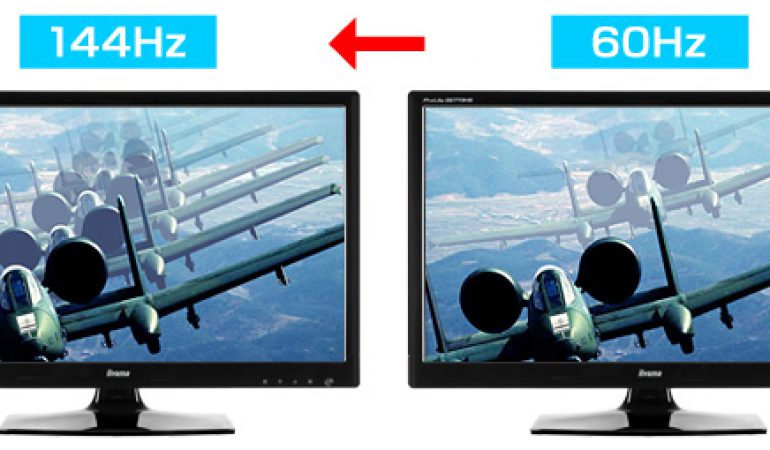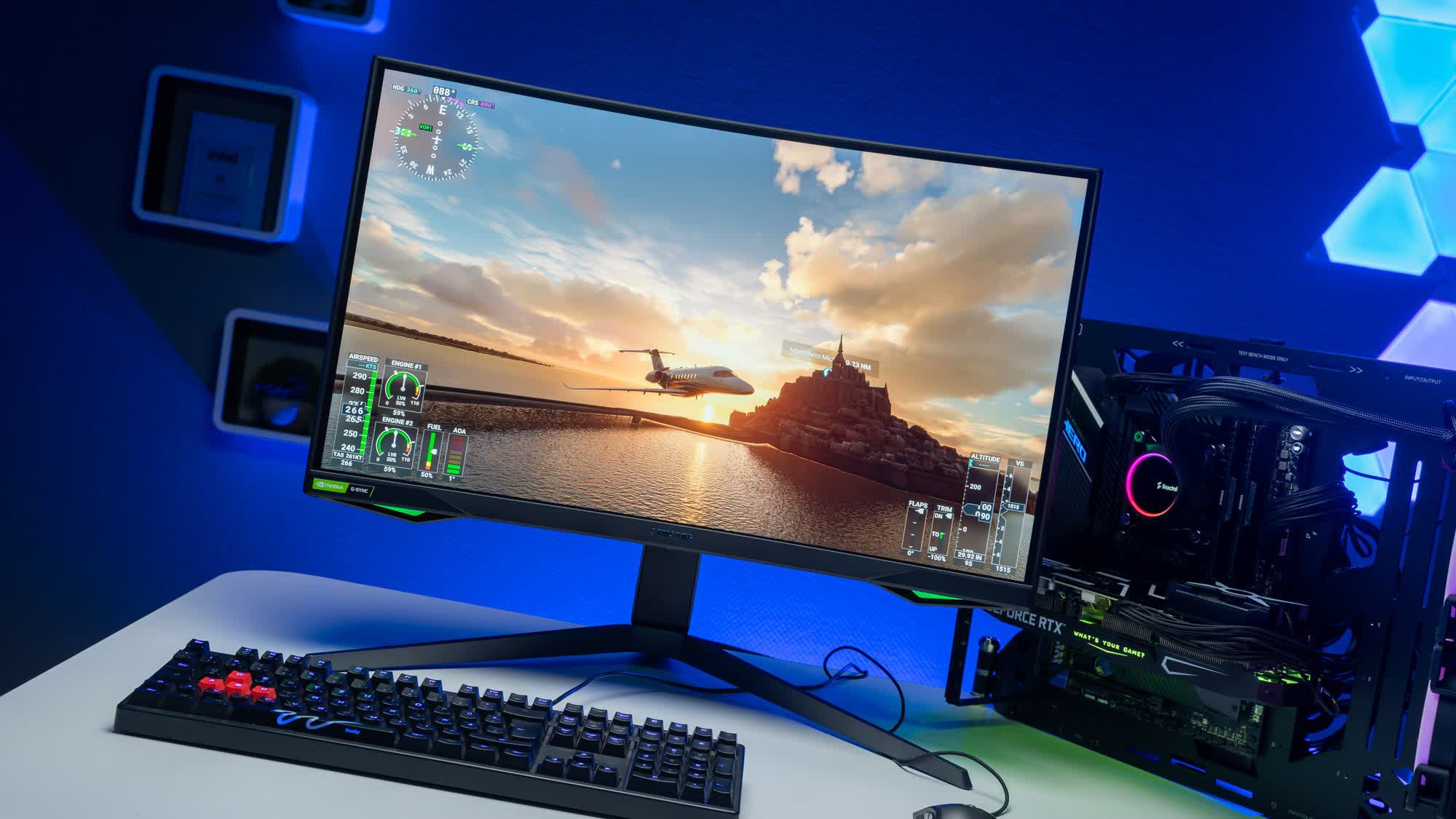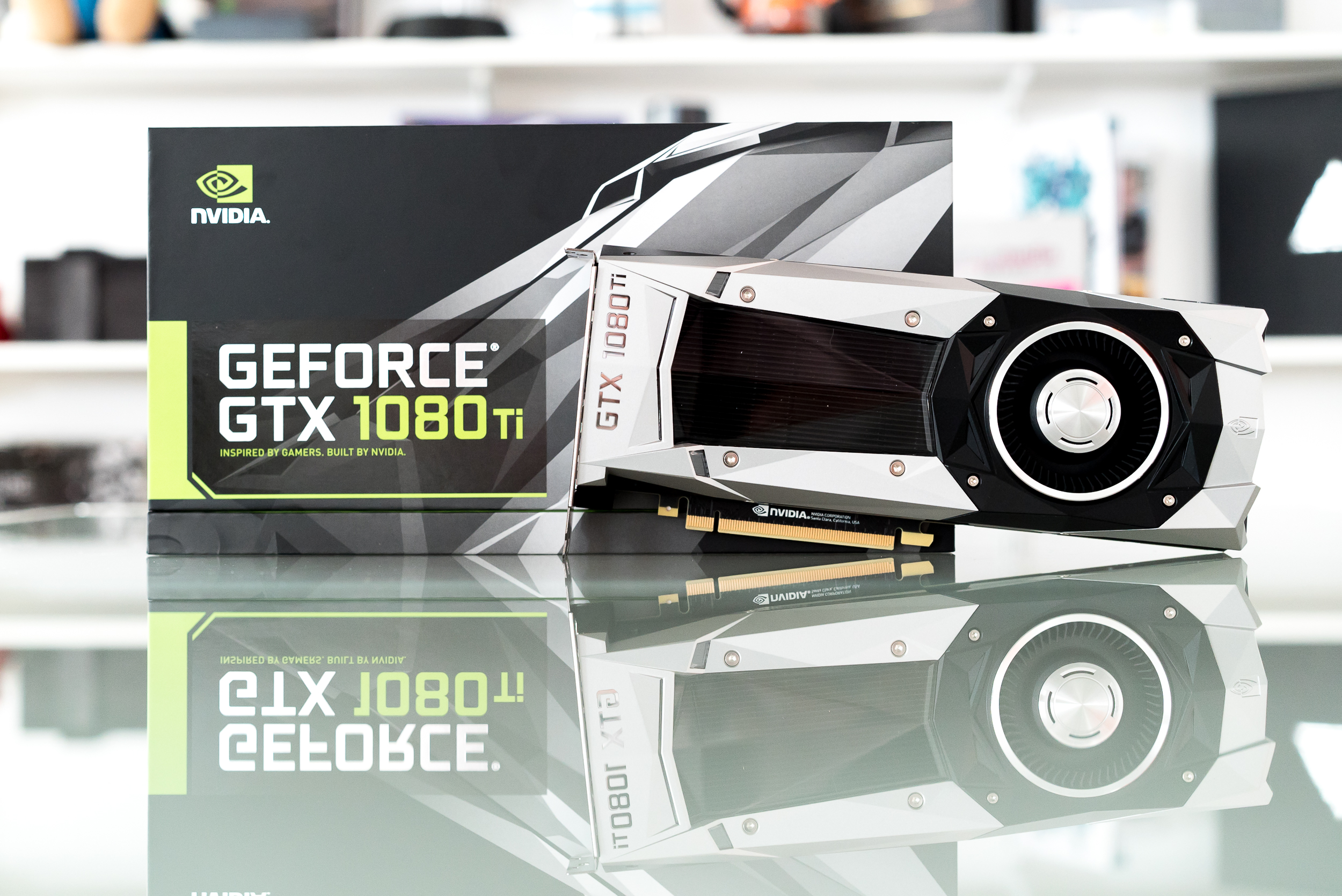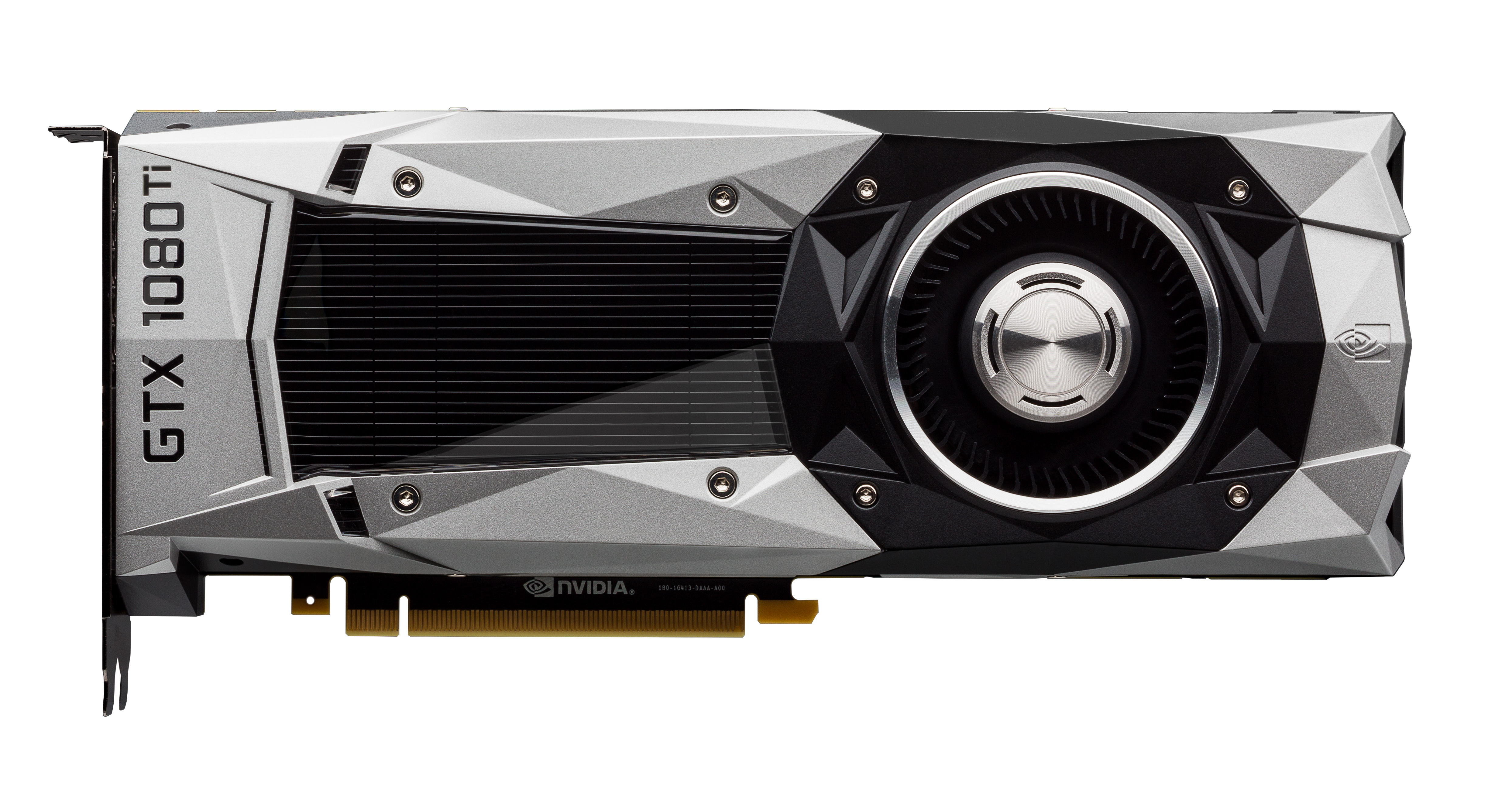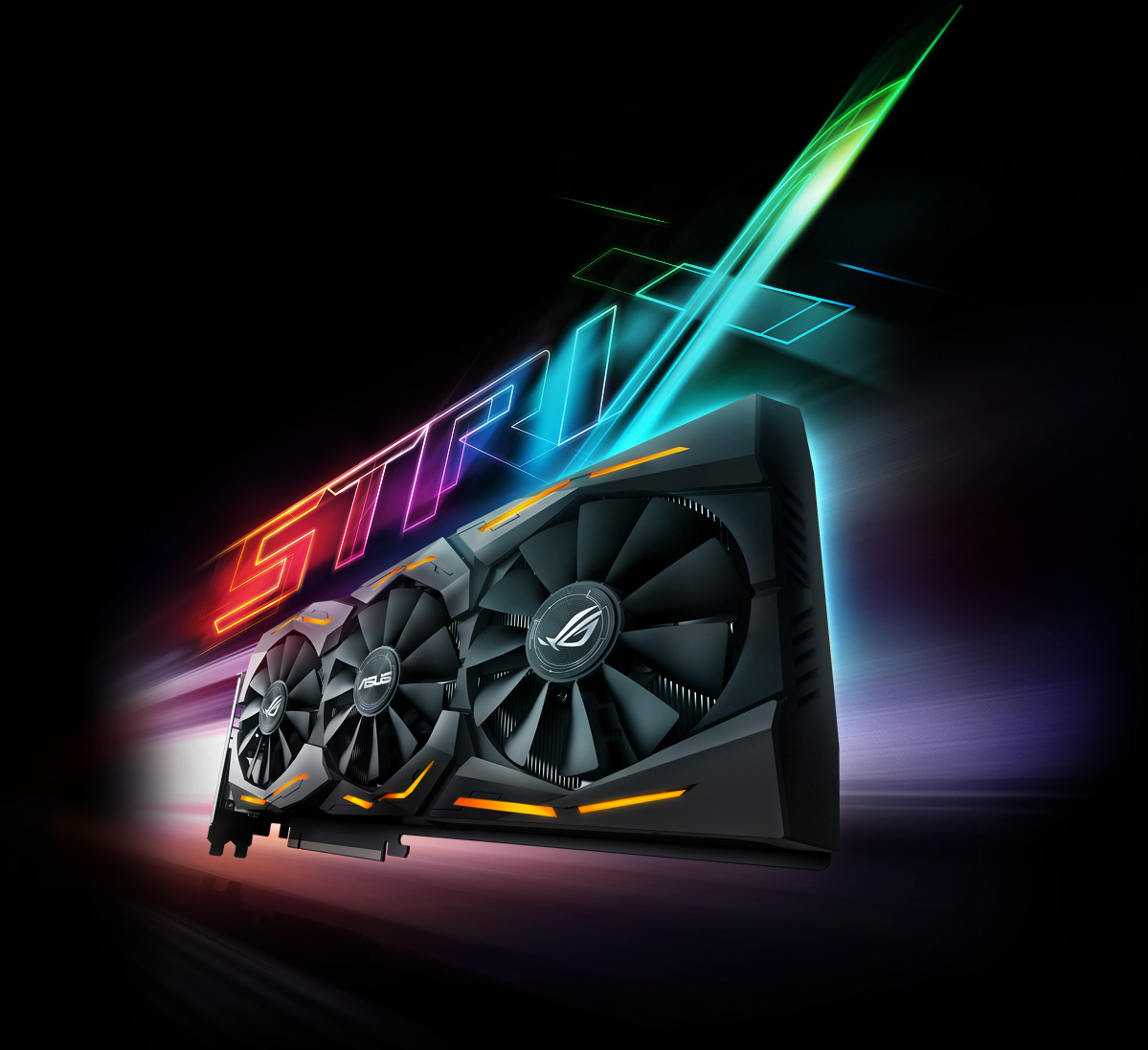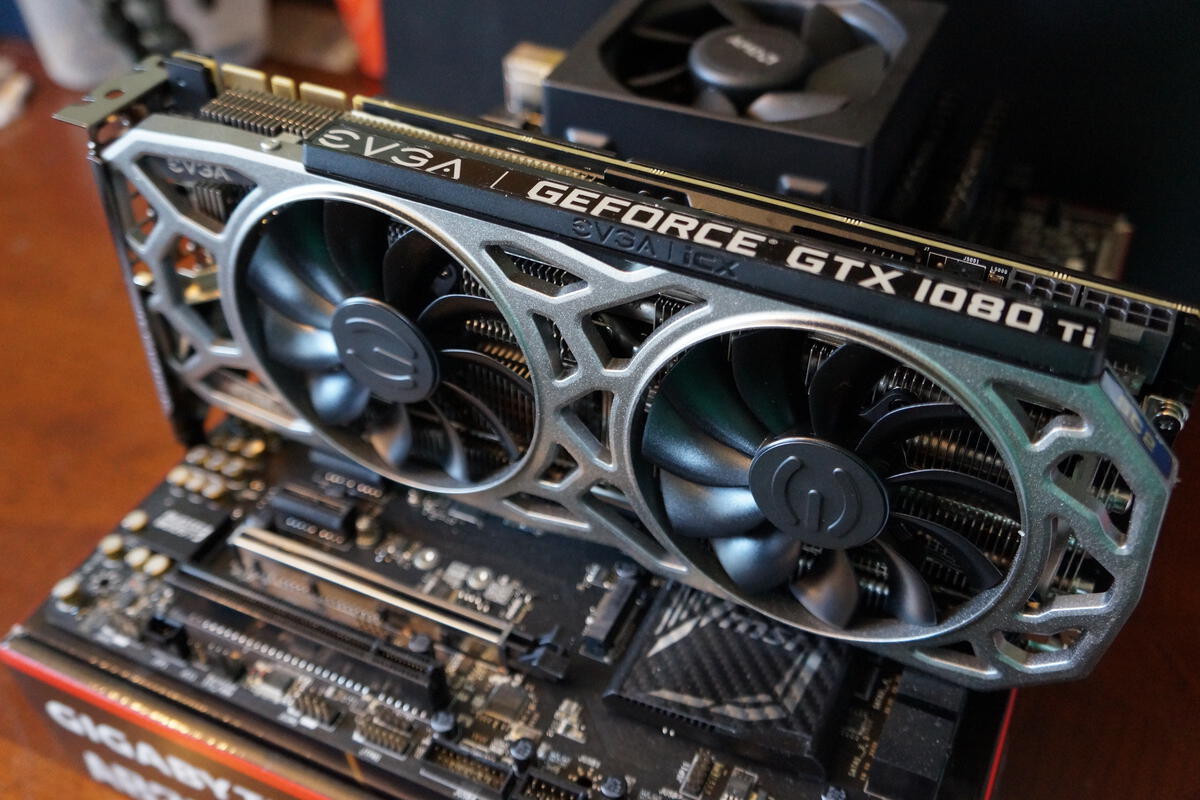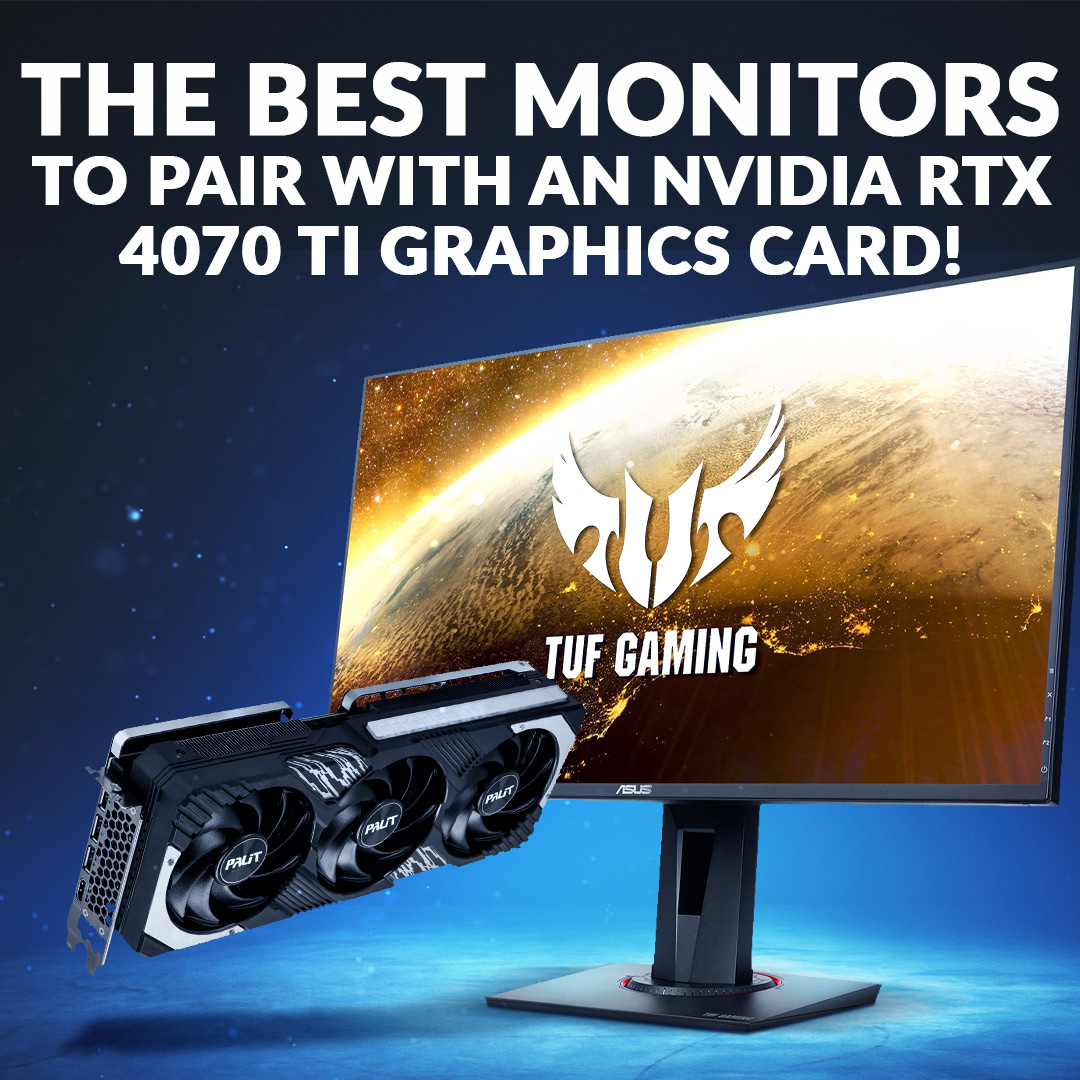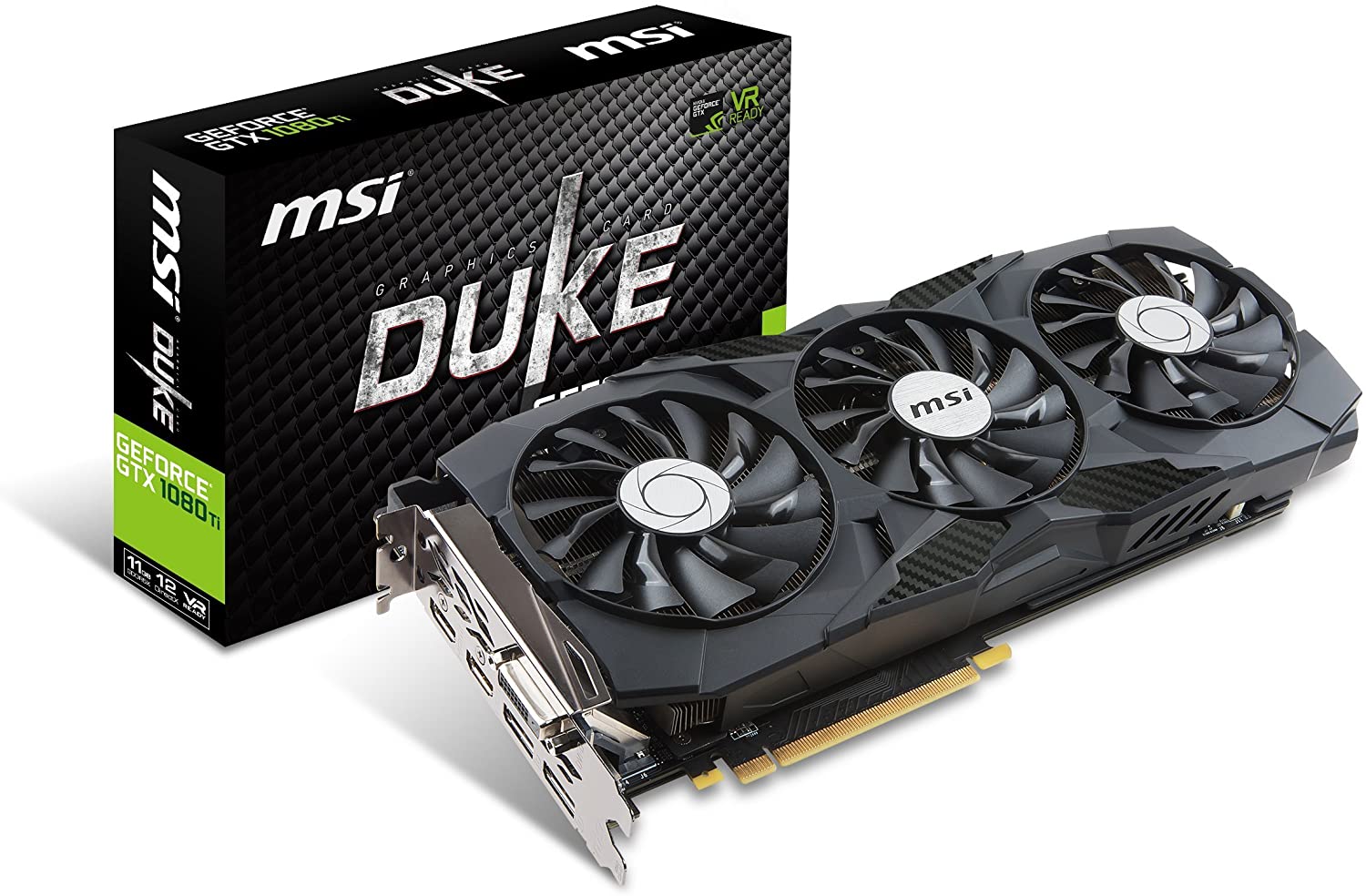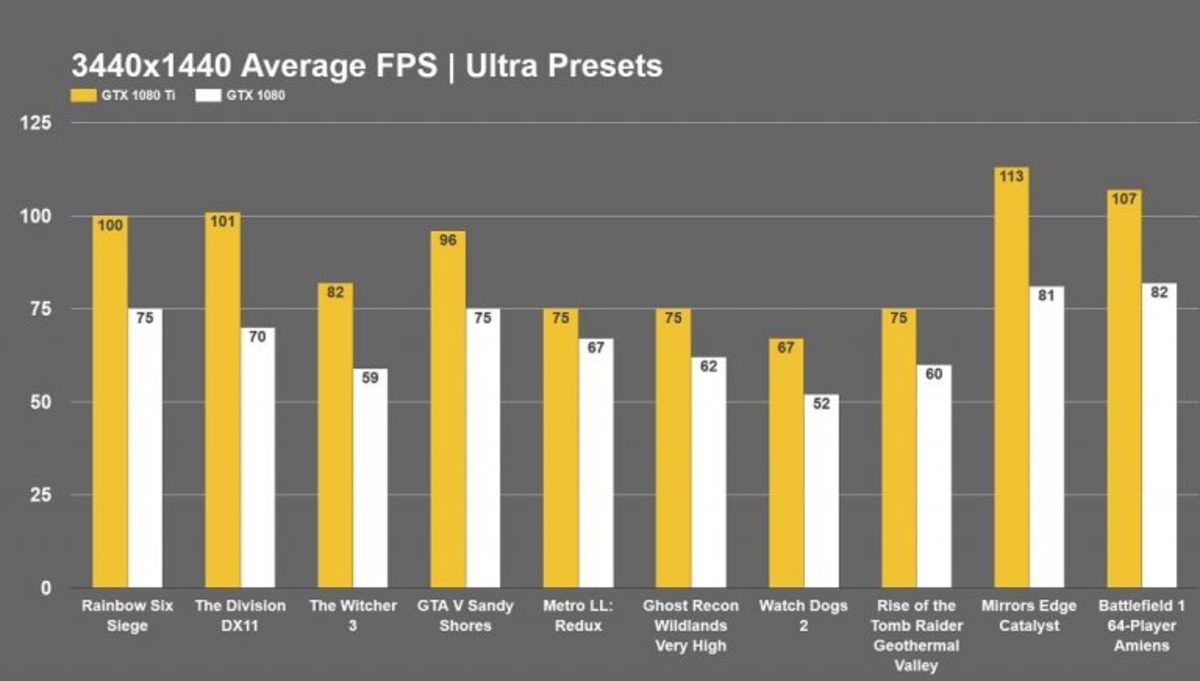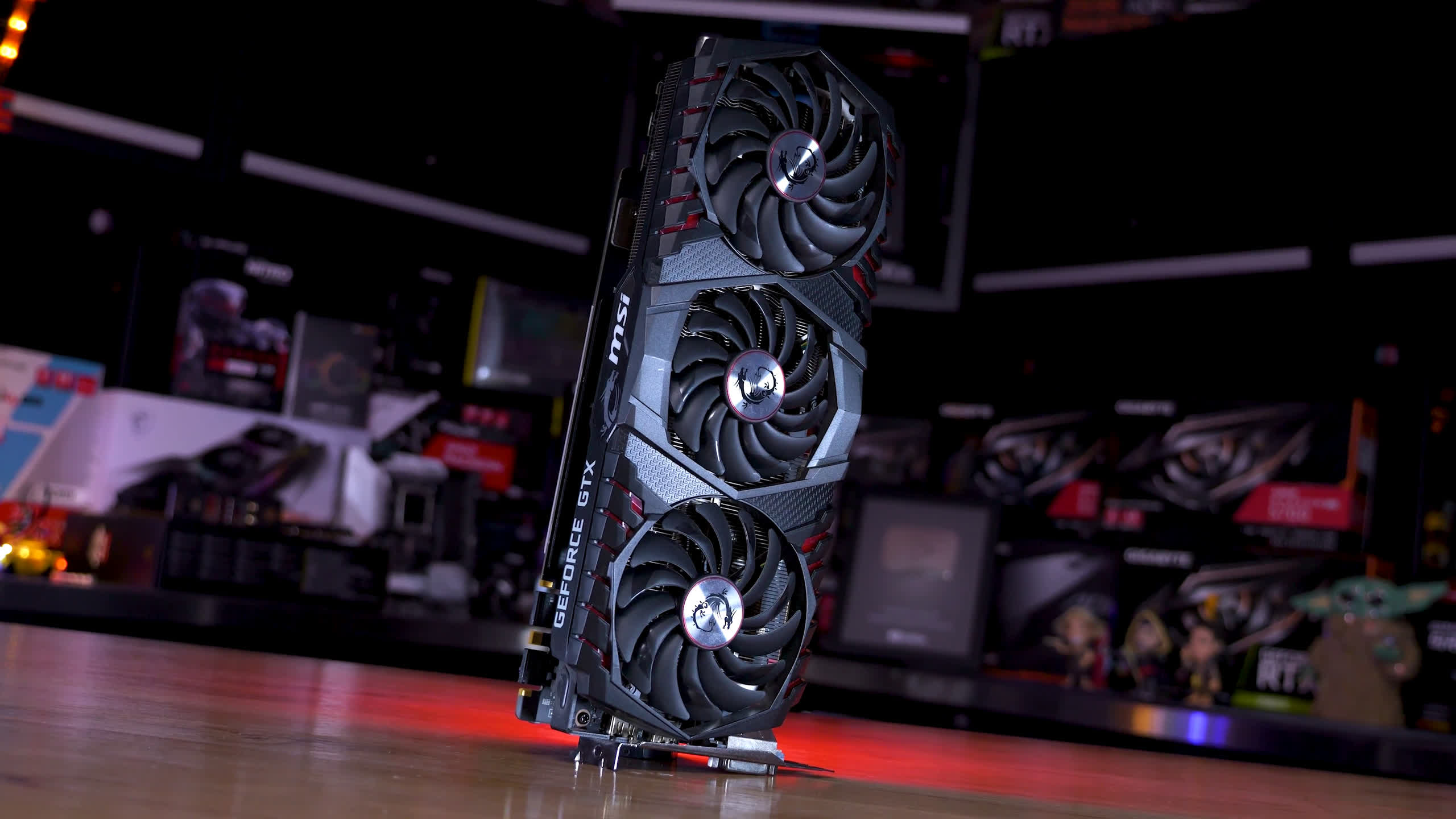Best Monitor For Gtx 1080 Ti

The GTX 1080 Ti, a titan of its time, still packs a punch. Even in today's market, it can deliver impressive performance. Maximizing that performance, however, requires pairing it with the right monitor. This article guides value-conscious shoppers on selecting the best display to complement their 1080 Ti without breaking the bank.
Why Your Monitor Matters for the GTX 1080 Ti
A powerful GPU like the 1080 Ti can push high frame rates. A mismatched monitor will bottleneck its capabilities. Choosing the right resolution and refresh rate unlocks the GPU's full potential, leading to smoother, more immersive gaming experiences.
The goal is to find a balance. Maximize visual fidelity and responsiveness without exceeding the GPU's rendering capabilities. This guide focuses on finding the "sweet spot" for your budget.
Shortlist of Recommended Monitors
Budget-Friendly 1080p Options
- AOC G2590VXQ: A solid 144Hz option for competitive gaming.
- ViewSonic XG2405: Another excellent 144Hz choice with good color accuracy.
Sweet Spot 1440p Choices
- Dell S2721DGF: A well-rounded 1440p 165Hz monitor with great color and response times.
- LG 27GL83A-B: Another excellent 1440p 144Hz option known for its Nano IPS panel.
Premium Ultrawide Consideration
- LG 34GN850-B: A premium ultrawide option if your budget allows, providing immersive gaming experience.
Detailed Monitor Reviews
AOC G2590VXQ
The AOC G2590VXQ is a fantastic entry-level 144Hz monitor. It's perfect for gamers on a tight budget who prioritize high refresh rates over resolution. The 1ms response time ensures minimal ghosting in fast-paced games.
It features FreeSync technology. This helps eliminate screen tearing when paired with the GTX 1080 Ti. Color accuracy is decent, though not exceptional, suitable for gaming but less ideal for color-sensitive work.
ViewSonic XG2405
The ViewSonic XG2405 competes directly with the AOC G2590VXQ. It offers similar performance at a comparable price point. The XG2405 boasts excellent ergonomics with a fully adjustable stand.
Like the AOC, it supports FreeSync. Its color accuracy is slightly better out of the box. This makes it a good choice for those who want a more visually pleasing image without calibration.
Dell S2721DGF
Stepping up to 1440p, the Dell S2721DGF strikes a great balance between price and performance. Its 165Hz refresh rate and 1ms response time offer a smooth and responsive gaming experience. The fast IPS panel provides excellent color accuracy and wide viewing angles.
It's G-Sync Compatible. This ensures tear-free gaming with the GTX 1080 Ti. The monitor's sleek design and robust build quality add to its appeal.
LG 27GL83A-B
The LG 27GL83A-B is another top contender in the 1440p 144Hz space. Its Nano IPS panel delivers vibrant colors and excellent contrast. The fast response time minimizes motion blur.
It is G-Sync Compatible. It makes for a great gaming experience. The LG's ergonomic stand offers tilt, swivel, and height adjustments.
LG 34GN850-B
The LG 34GN850-B is a premium ultrawide monitor. It delivers an immersive experience thanks to its 34-inch screen size. The 144Hz refresh rate and 1ms response time ensure smooth gameplay.
It uses Nano IPS technology. This creates vivid colors and wide viewing angles. The ultrawide aspect ratio is perfect for gaming and productivity.
Side-by-Side Specs Table
| Monitor | Resolution | Refresh Rate | Response Time | Panel Type | Sync Technology | Approx. Price |
|---|---|---|---|---|---|---|
| AOC G2590VXQ | 1920x1080 | 144Hz | 1ms | TN | FreeSync | $150 |
| ViewSonic XG2405 | 1920x1080 | 144Hz | 1ms | IPS | FreeSync | $170 |
| Dell S2721DGF | 2560x1440 | 165Hz | 1ms | IPS | G-Sync Compatible | $300 |
| LG 27GL83A-B | 2560x1440 | 144Hz | 1ms | Nano IPS | G-Sync Compatible | $350 |
| LG 34GN850-B | 3440x1440 | 144Hz | 1ms | Nano IPS | G-Sync Compatible | $800 |
Practical Considerations
Your budget is a major factor. Consider how much you're willing to spend. Weigh the cost against the performance benefits each monitor offers.
The games you play also matter. Competitive gamers may prioritize high refresh rates. Gamers who enjoy visually stunning titles might prefer higher resolutions and better color accuracy.
Desk space is another key consideration. Ultrawide monitors require more room. Consider the physical dimensions of the monitor before purchasing.
Summarizing the Key Points
Choosing the right monitor for your GTX 1080 Ti involves balancing resolution, refresh rate, and budget. The Dell S2721DGF and LG 27GL83A-B offer excellent performance at 1440p. The AOC G2590VXQ and ViewSonic XG2405 are great budget-friendly 1080p options. Consider your individual needs and preferences before making a final decision.
Carefully evaluate the specifications, reviews, and practical considerations. These help to make an informed choice. A perfect monitor will enhance your gaming experience.
Call to Action
Now that you're equipped with the knowledge, research current prices and availability. Read user reviews for additional insights. Select the monitor that best suits your needs and budget. Take your GTX 1080 Ti gaming experience to the next level!
Frequently Asked Questions (FAQ)
Q: Can the GTX 1080 Ti handle 1440p gaming?
A: Yes, the GTX 1080 Ti is well-suited for 1440p gaming, especially at high refresh rates. You may need to adjust some settings in graphically demanding games, but it can deliver a great experience.
Q: Is a 144Hz monitor worth it for the GTX 1080 Ti?
A: Absolutely! The GTX 1080 Ti can push frame rates well above 60fps in many games. A 144Hz monitor unlocks the full potential of the GPU, providing a much smoother and more responsive gaming experience.
Q: What is G-Sync/FreeSync, and do I need it?
A: G-Sync and FreeSync are adaptive sync technologies. They reduce screen tearing by synchronizing the monitor's refresh rate with the GPU's frame rate. While not essential, they provide a noticeable improvement in smoothness, especially during fluctuating frame rates.
Q: What's the difference between TN, IPS, and VA panels?
A: TN panels generally have the fastest response times but the worst color accuracy. IPS panels offer great color accuracy and viewing angles but may have slightly slower response times. VA panels offer a good compromise between the two.
